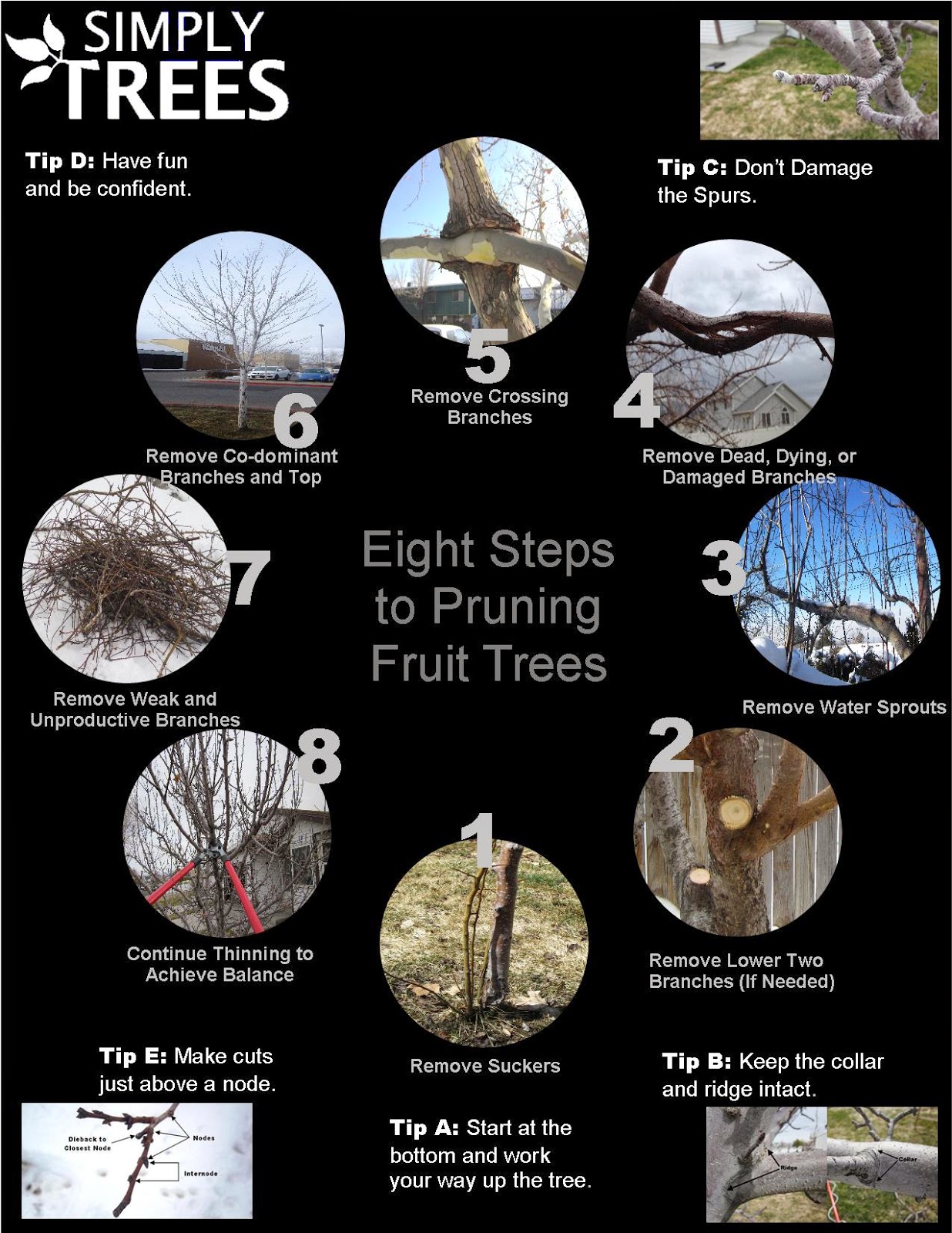Post-Tree Removal Support: Exactly How To Efficiently Restore Your Landscape
Post-Tree Removal Support: Exactly How To Efficiently Restore Your Landscape
Blog Article
Short Article Created By-Hinrichsen Als
After a tree's elimination, your landscape may look rather different, and it's essential to assess the consequences thoroughly. You'll want to examine the soil disturbance and check bordering plants for any kind of signs of stress. Overlooking these elements can lead to larger problems down the line. So, what should you do with those stumps and origins? And how do Fruit Tree Pruning Services Near Me pick the best plants for your revitalized space? Let's check out these important steps.
Evaluating the Aftermath: Reviewing Your Landscape
After a tree removal, it's important to evaluate your landscape to understand the influence it has on your backyard.
Start by taking a look at the area where the tree stood. Look for indications of dirt disturbance, and examine the surrounding plants for any tension or damage.
You should likewise remember of exactly how the removal has actually altered sunlight exposure and airflow in your garden. This change can affect the development of nearby plants, so it's important to assess their health and wellness.
Consider the aesthetic aspects as well; the removal may develop an open space that you can revamp.
Finally, consider any kind of possible erosion issues that may develop from the tree's absence. Dealing with these variables early will aid restore equilibrium to your landscape.
Taking care of Stumps and Origins: Alternatives for Removal
As soon as you've examined the after-effects of the tree elimination, you'll likely require to tackle the stump and origins left behind.
You have a few choices for elimination. One effective method is stump grinding, where a professional uses an equipment to grind the stump down to below ground level. This method leaves marginal disruption to your landscape.
If you favor a do it yourself approach, you can utilize a mix of excavating and chemical stump cleaners. Simply bear in mind, this process can take time and effort.
Conversely, consider leaving the stump as an all-natural function, which can work as a special garden component or environment for wild animals.
Whatever you select, dealing with the stump and origins is essential for restoring your landscape.
Selecting the Right Plant Kingdoms for Your New Area
As you assess your recently removed room, picking the right plants can considerably enhance your landscape's charm and functionality.
Start by considering the sunlight and soil problems. For bright locations, choose drought-resistant plants like lavender or succulents. In shaded spots, ferns and hostas grow well.
Consider Trim Tree Service and development routines of your plants; mix perennials and annuals for seasonal range. Do not fail to remember to include native varieties; they call for much less maintenance and assistance regional wild animals.
Group plants in odd numbers for a more natural look and create layers for visual deepness.
Ultimately, guarantee you have a mix of colors and appearances to maintain your landscape vibrant throughout the periods.
Happy growing!
Final thought
To conclude, restoring your landscape after tree elimination is a rewarding process. By evaluating the after-effects, addressing stumps and origins, and selecting the right plants, you'll develop a thriving environment. Don't neglect to include erosion control procedures to safeguard your dirt. With a little initiative and treatment, you can change your space right into a dynamic garden that improves your residential property. Welcome the chance to invigorate your landscape and appreciate the beauty of nature right in your yard!
